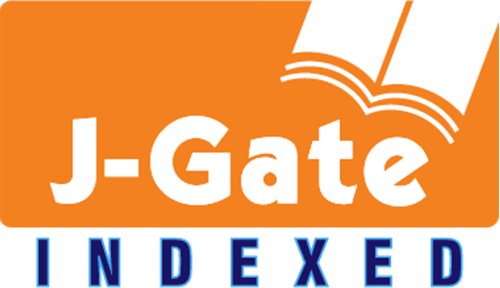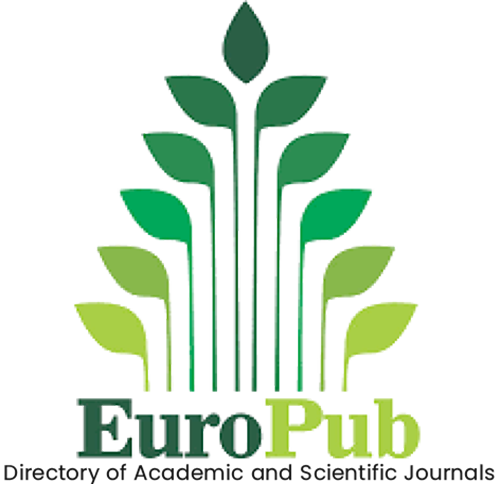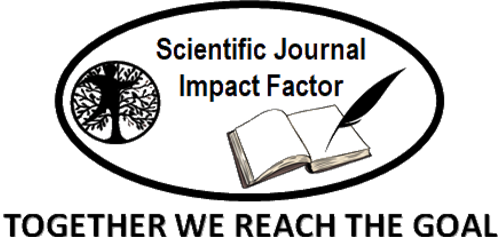Use of Chat-GPT and AI Tools by Undergraduates: Students and Teachers’ Perspective
Keywords:
Chat-GPT, AI Tools, Education, Teachers, Students, Technology, DataAbstract
Introduction: This study explores the realm of Chat-GPT and AI Tools, investigating university-level students' and faculties' perspectives and utilization of these technologies. The objective is to obtain valuable perspectives from undergraduate students and faculty members at FUUAST and SALU.
Methodology: We used a qualitative research approach, conducting twelve interviews. Six interviews were conducted, two of which involved university faculty and the other four involved students from the Education/Teacher Education department. The research utilized this methodology to acquire diverse opinions and personal experiences on using Chat-GPT and AI Tools in teaching, learning process.
Results: The study highlighted undergraduates' use of Chat-GPT and AI Tools. Students use these tools for note-taking, assignment writing, lesson planning, and creativity. Though less often than pupils, teachers also use similar tools. Professional growth, question creation, and worldwide educational trends are their uses. The investigation found a worrying trend. Results show a detrimental influence on education quality, student interest, and contextual information awareness. Excessive Chat-GPT and AI Tool use distracts students and lowers academic performance. Students who spent more time on these tools felt more relaxed and reckless, which hurt their grades.
Implications of the Study: Our research shows that institutions must actively address Chat-GPT and AI Tools' negative effects on education. Universities should teach students how to use these technologies properly and constructively to address these issues. This method promotes a healthier technology-academic balance to improve learning and student well-being.



















